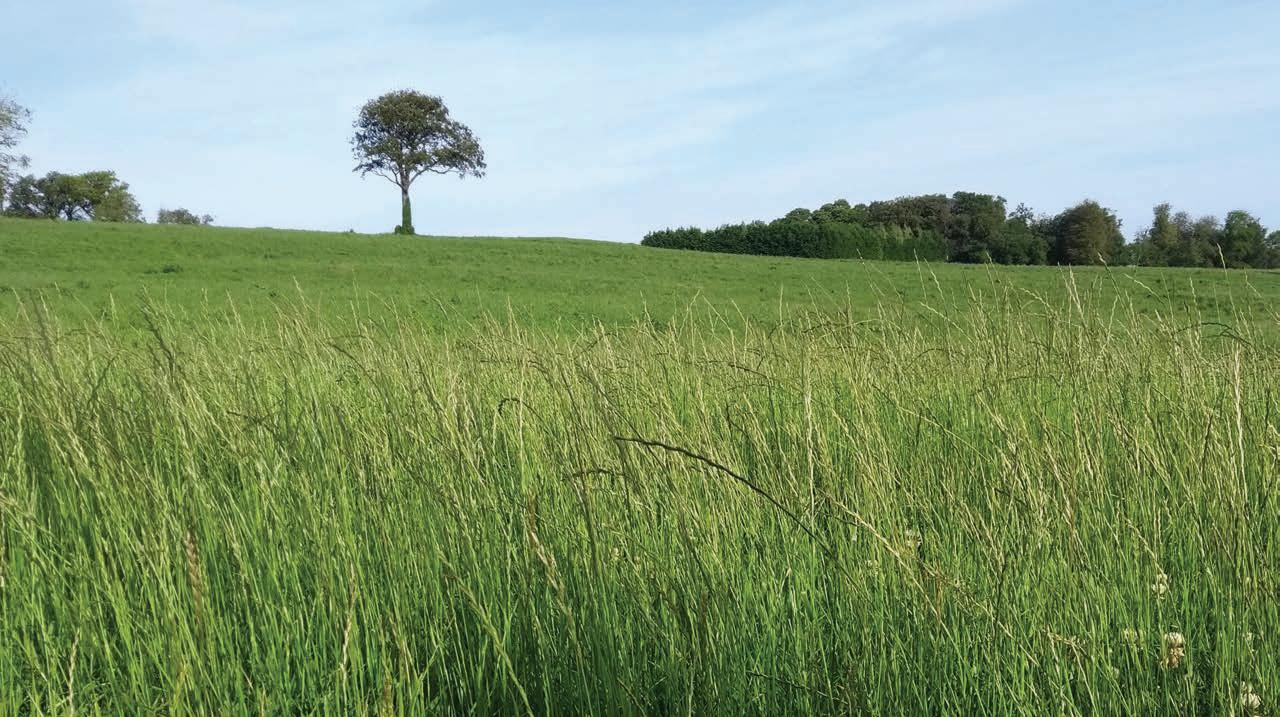EDIBLES / 14
Describing a collaboration between Teagasc and TU Dublin to include life cycle thinking in efforts to reduce food and packaging waste in horticulture crops, aligning with the International Year of Fruit and Vegetables 2021 “ Innovate, cultivate, reduce food loss and waste ” MAIN PHOTO: SPINACH CROP AT MCCORMACK'S FAMILY FARM BY GREG CAREY
46
T
HE SITUATION WE SEE
How many of the food products on display at the supermarket, including fresh fruit and vegetables, are placed in sealed and packaged punnets or bags to ensure safety and freshness? This packaging is either plastic, or a mix of plastic and cardboard containers, often with modified internal atmosphere to improve the shelf life (longevity) of the product. Packaging ensures our food is safe to consume by minimising the risk of food borne pathogens and reducing food waste among perishable, fresh products like spinach by extending their shelf life. However, the horticulture sector faces a trade-off between minimising food waste (through increased shelf life) and minimising packaging waste. There is widespread concern about the volume of food waste and packaging waste generated in our daily lives. In Ireland we generate an average of 54kgs of plastic waste per person every year (Sunday Business Post 19/01/2021, Eurostat data (2021).
HORTICULTURECONNECTED / www.horticultureconnected.ie / Summer 2021




























